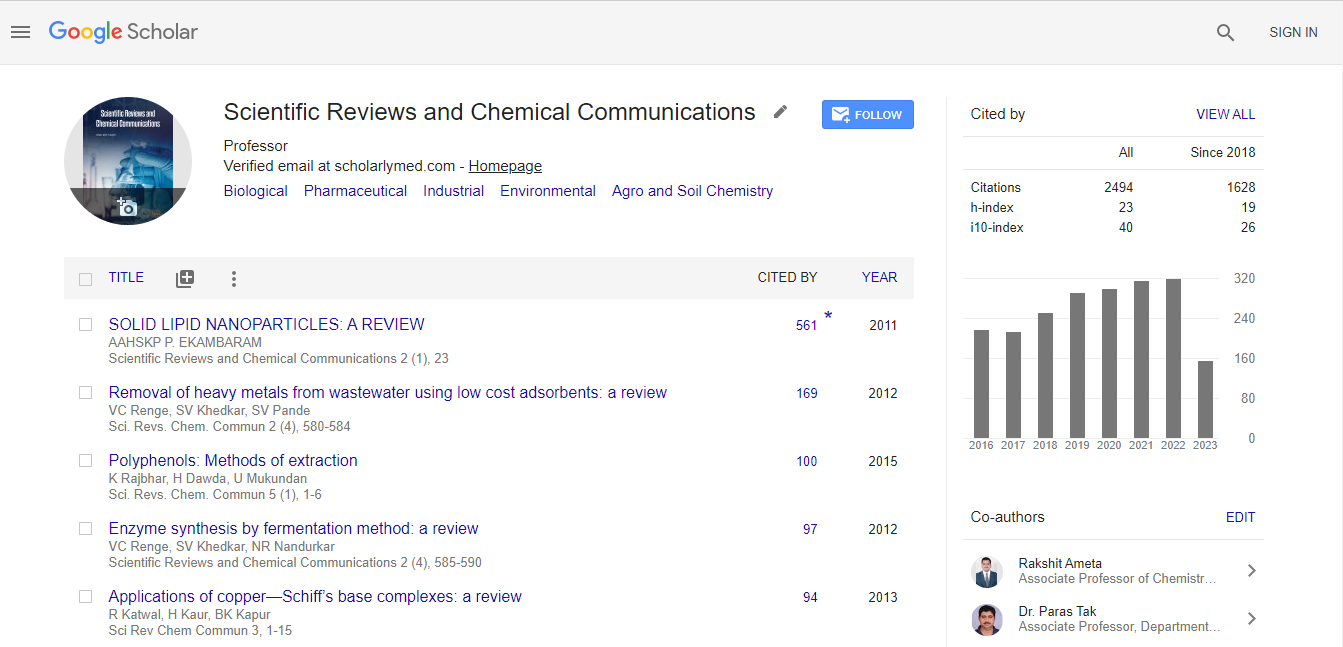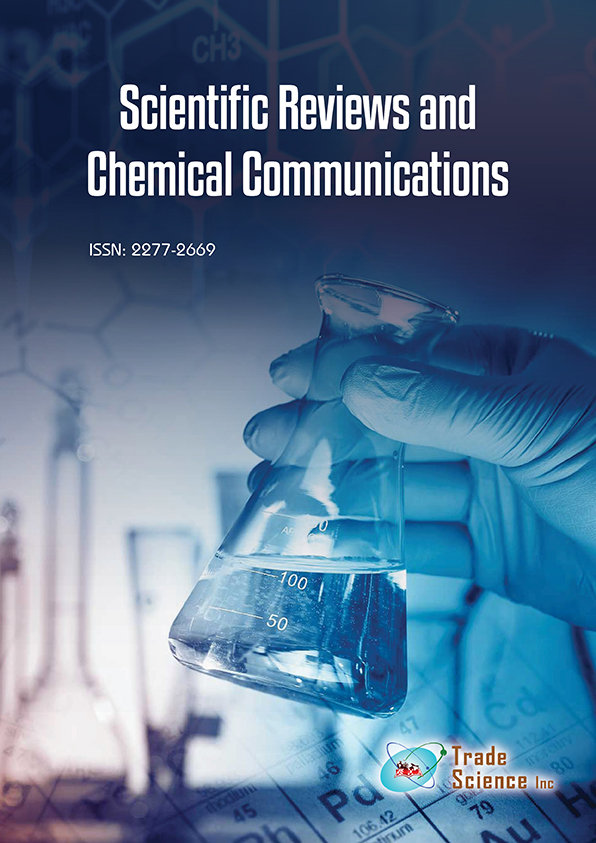Short communication
, Volume: 10( 6)Simultaneous MOR/DOR targeting as useful strategy for pain management
Author Name: Rita Turnaturi
Abstract
Opioid analgesics, such as morphine, elicit analgesic effects primarily through mu opioid receptor (MOR), whose activation determines not only analgesia but also a sequel of unwanted side effects. Although indispensable for the management of acute severe pain, the classical analgesics are unsuccessful for inflammatory and neuropathic pain treatment. Multitarget MOR/delta opioid receptor (DOR) agonists, showing synergic antinociceptive activity with low side-effects induction in preclinical models, represent a strategy to overcome the default in chronic pain treatment. In this context, we identified the multitarget MOR/DOR ligand LP2 characterized by high MOR (Ki= 1.08 nM) and DOR (Ki= 6.6 nM) affinity coupled to an agonist profile versus these receptors (IC50MOR= 21.5 nM and IC50DOR= 4.4 nM). In tail flick test, LP2 produced a long-lasting antinociception naloxone-reversed (ED50 of 0.9 mg/kg i.p.). Building upon these evidences, our efforts were focused on demonstrating whether the LP2 multitarget profile could be useful for persistent pain states. Thus, LP2 is evaluated in a model of neuropathic pain induced by chronic constriction injury (CCI) and a model of inflammatory pain (Formalin test). Moreover, both 2R- and 2S- diastereoisomers of LP2 were synthesized in order to investigate the role of the stereocenter at the N-substituent of the 6,7-benzomorphan scaffold in drug-opioid receptor interaction. Their pharmacological profile were compared each other and with LP2. Specifically, 2S-LP2 showed an increased antinociceptive effect than LP-2 consistent with the in vitro functional profile. Moreover, 2S-LP2 resulted a biased MOR/DOR agonist with functional selectivity for G-protein signaling and reduced β-arrestin 2 recruitment, an effectiveness profile in chronic pain conditions management.
Introduction
Opioid analgesics, such as morphine, elicit analgesic effects primarily through mu opioid receptor (MOR), whose activation determines not only analgesia but also a sequel of unwanted side effects. Although indispensable for the management of acute severe pain, the classical analgesics are unsuccessful for inflammatory and neuropathic pain treatment. Multitarget MOR/delta opioid receptor (DOR) agonists, showing synergic antinociceptive activity with low side-effects induction in preclinical models, represent a strategy to overcome the default in chronic pain treatment. In this context, we identified the multitarget MOR/DOR ligand LP2 characterized by high MOR (Ki= 1.08 nM) and DOR (Ki= 6.6 nM) affinity coupled to an agonist profile versus these receptors (IC50MOR= 21.5 nM and IC50DOR= 4.4 nM). In tail flick test, LP2 produced a long-lasting antinociception naloxone-reversed (ED50 of 0.9 mg/kg i.p.). Building upon these evidences, our efforts were focused on demonstrating whether the LP2 multitarget profile could be useful for persistent pain states. Thus, LP2 is evaluated in a model of neuropathic pain induced by chronic constriction injury (CCI) and a model of inflammatory pain (Formalin test). Moreover, both 2R- and 2S- diastereoisomers of LP2 were synthesized in order to investigate the role of the stereocenter at the N-substituent of the 6,7-benzomorphan scaffold in drug-opioid receptor interaction. Their pharmacological profile were compared each other and with LP2. Specifically, 2S-LP2 showed an increased antinociceptive effect than LP-2 consistent with the in vitro functional profile. Moreover, 2S-LP2 resulted a biased MOR/DOR agonist with functional selectivity for G-protein signaling and reduced β-arrestin 2 recruitment, an effectiveness profile in chronic pain conditions management.

